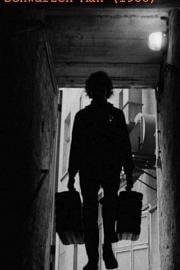
Wer fürchtet sich vorm schwarzen Mann (1989)
Photo of a private coal company in the Plentz Lauerberg district of East Berlin in 1988 / 89. The active female boss runs the company with humor and understanding. Her seven male employees respect her. To the outside world, they are all strong people, but when they describe their work and personal situation, their vulnerability begins to emerge, beyond hard manual labor. Under mild-mannered questions, the subjects of the social survey conducted by Helke Misselwitz were willing to give viewers "insight into their hearts": "can this rough hand become gentle?" This sometimes makes people feel that this seems to be a utopia of solidarity on the fringes of a socialist working state. Looking at these figures below, the film touches on many taboos. Topics of discussion range from the construction of the Berlin Wall and possible escape to child abuse and suicide, as well as prison and alcohol abuse. The film has a strong pursuit of authenticity, which is why it is filmed as an "outdated" black-and-white photograph, documenting a deal that will soon become obsolete-turning it into an investigation of East German social contradictions. this was done a few months before the country's political collapse. Po...
Photo of a private coal company in the Plentz Lauerberg district of East Berlin in 1988 / 89. The active female boss runs the company with humor and understanding. Her seven male employees respect her. To the outside world, they are all strong people, but when they describe their work and personal situation, their vulnerability begins to emerge, beyond hard manual labor. Under mild-mannered questions, the subjects of the social survey conducted by Helke Misselwitz were willing to give viewers "insight into their hearts": "can this rough hand become gentle?" This sometimes makes people feel that this seems to be a utopia of solidarity on the fringes of a socialist working state. Looking at these figures below, the film touches on many taboos. Topics of discussion range from the construction of the Berlin Wall and possible escape to child abuse and suicide, as well as prison and alcohol abuse. The film has a strong pursuit of authenticity, which is why it is filmed as an "outdated" black-and-white photograph, documenting a deal that will soon become obsolete-turning it into an investigation of East German social contradictions. this was done a few months before the country's political collapse. Po...
1080P
| Title | Download | Size | Publish |
|---|---|---|---|
| Whos.Afraid.of.the.Bogeyman.1989.GERMAN.1080p.WEBRip.x265-VXT | 834MB | 1 Year ago | |
| Whos.Afraid.of.the.Bogeyman.1989.GERMAN.1080p.WEBRip.x264-VXT | 1.0GB | 1 Year ago | |
| Whos.Afraid.of.the.Bogeyman.1989.GERMAN.1080p.AMZN.WEBRip.DDP2.0.x264-PTerWEB | 3.6GB | 1 Year ago |
Similar Movies
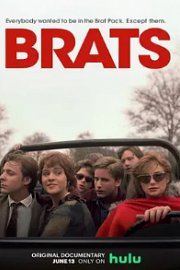 Brats(2024)
Brats(2024) Janis: Little Girl Blue(2015)
Janis: Little Girl Blue(2015) 38 at the Garden(2022)
38 at the Garden(2022)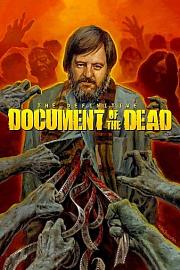 Document of the Dead(1980)
Document of the Dead(1980)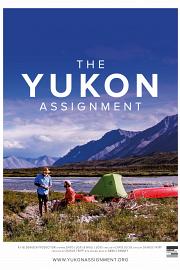 The Yukon Assignment(2018)
The Yukon Assignment(2018)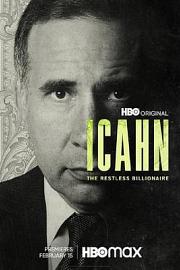
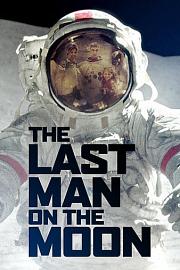 The Last Man on the Moon(2014)
The Last Man on the Moon(2014)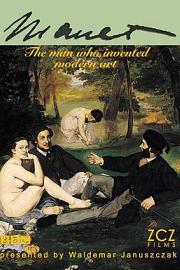
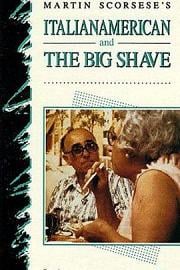 Italianamerican(1974)
Italianamerican(1974)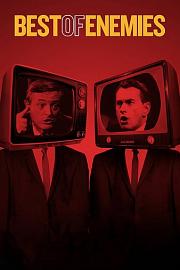 Best of Enemies(2015)
Best of Enemies(2015)